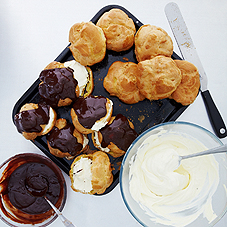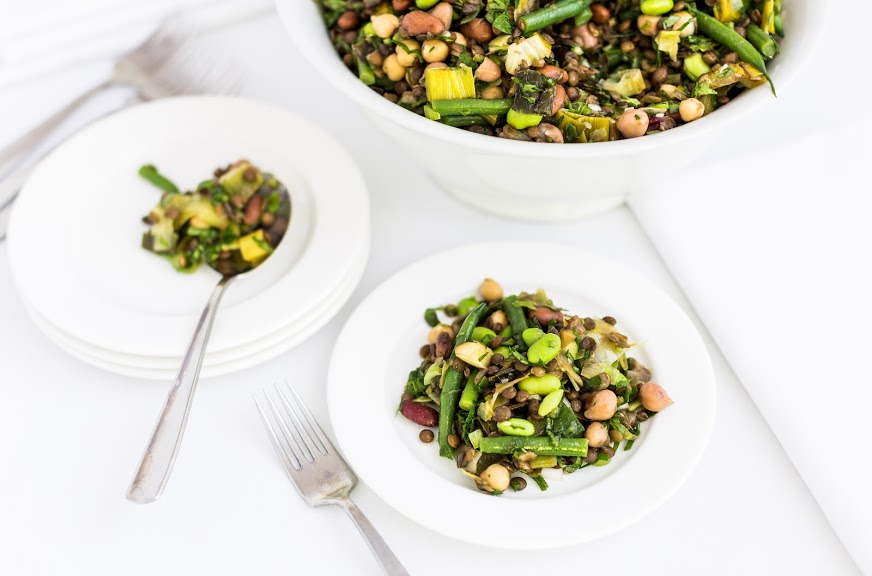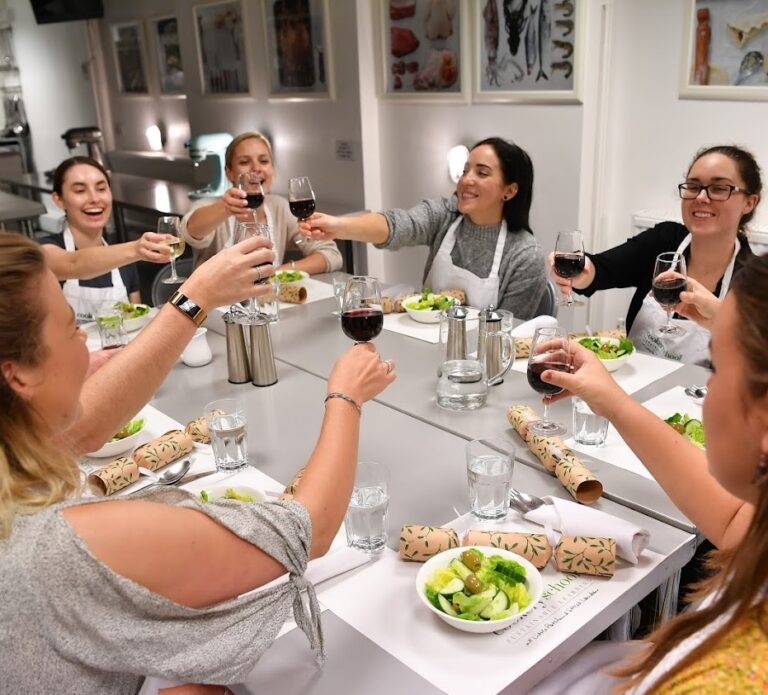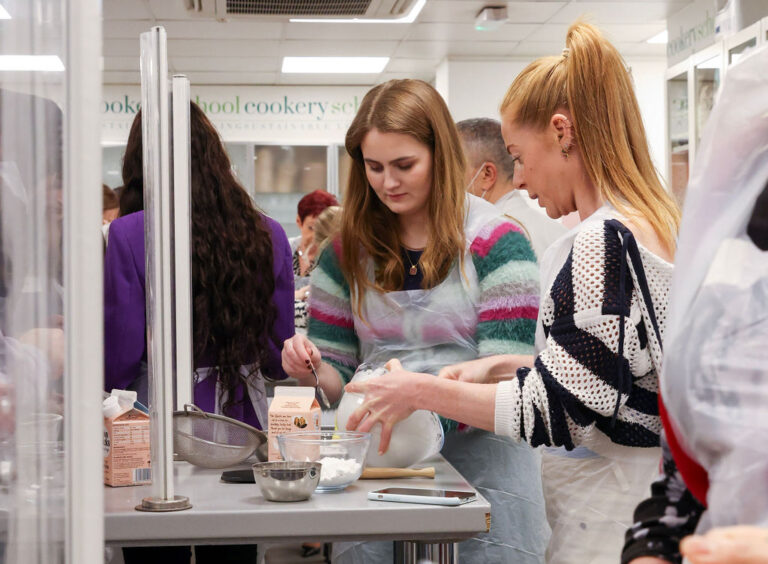The importance of sourcing sustainable fish
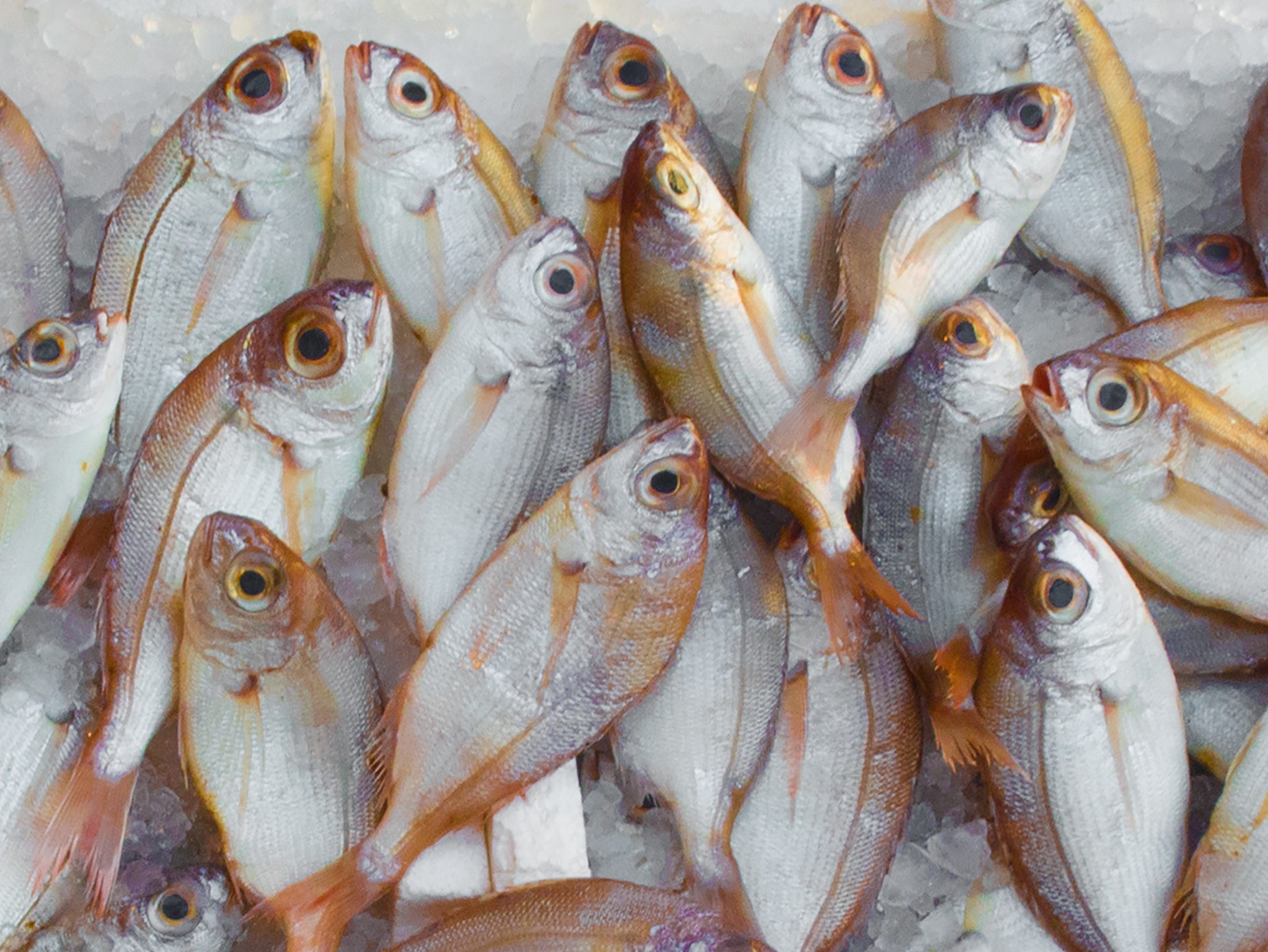
Why is it important to source sustainable fish? Fishing continues to be one of the biggest issues facing the food industry. With over-fishing and dredging jeopardising fish stocks and sea bed ecology, it is more important than ever that we investigate where our fish is coming from and ensure the methods used are as sustainable as possible.
What does sustainable fish mean?
Sustainable fish is caught in ways that allow the long-term future and viability of species, the well-being and care of the oceans themselves and looks after the livelihoods of the many fishery-dependant communities around the world.
What to look out for?
It’s worth doing some research before heading to the supermarket, your local fishmonger or ordering online.
The first thing to look for when buying fish is how plentiful the species is – it’s best to avoid over-fished options. A useful tool is the Marine Conservation Society’s (MCS) Good Fish Guide. You might also want to consider eating species from a wider range than the popular top five – cod, haddock, salmon, prawn and tuna. These make up 80% of all fish eaten in the UK, meaning there is ongoing pressure on their stocks. Always preference wild fish over farmed, as generally, consuming farmed fish exacerbates stocks in the wild and can also be bad for coastal ecosystems.
The second thing to consider is how it was caught. The most sustainable methods include rod and line, static gill and trammel nets, pots and traps and mid-water trawls (for shoaling species such as sardine and herring). Small-scale fishing is always preferable to larger operations, but unless you research each brand or fishery individually, there’s no way to know how each fish was caught. Once again, prior research is important here – if you know the sustainability efforts of suppliers prior to shopping, you’ll be able to make an informed decision.
The third element to pay attention to is how fresh the produce is. Fresh fish shouldn’t have a ‘fishy’ odour – instead, it should have a sea-fresh smell. If you’re looking at a whole fish, pay attention to the eyes. They should be clear and bright, and the gills should appear red. Flesh should be firm, scales should adhere to the skin and each fillet should appear slimy and shiny.
Last, consider the fish’s point of origin and how far it has travelled to make it to your fishmonger or the supermarket shelves – if your tuna or prawns have come from Asia, then make sure they’ve not been air-freighted.
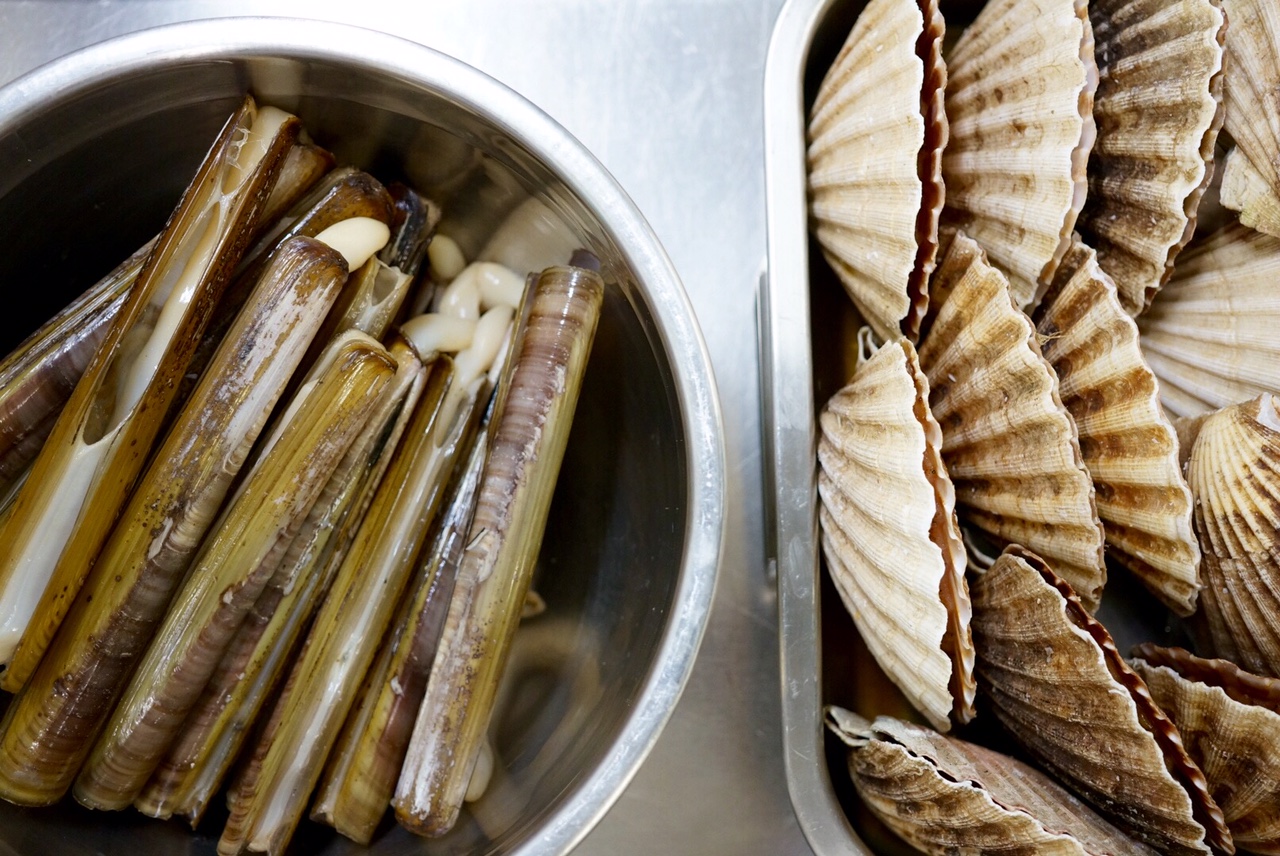
How to cook it
With a wide variety of species, the cooking options are endless! We offer a number of different classes that show you the best way of cooking both fish and shellfish. Of course, everything we use in our kitchens is sustainably sourced.
Our Fantastic Fish class shows you how to fillet, grill, poach, steam, bake and saute beautiful produce from our fish supplier, Sole of Discretion. Depending on the season and supply, you’ll learn to prepare three different catches of the day – one wrapped in paper (en papillote), one baked whole Chinese style and one sautéed in olive oil with lemon. You’ll also make smoked haddock chowder and grilled fish cakes, learning how to fillet the fish.
Should you be looking to take the next step in your culinary journey, or simply want to add shellfish to the mix, we also offer a Fish and Shellfish class. Here, you’ll learn to prepare calamari, pollock, mussels, scallops, prawns, fish cakes and pate.
Both classes include an introduction that covers general advice on how to source sustainably, as well as a demonstration of what to look for in fresh fish.
Where to find it
We love Sole of Discretion as they are an ethical and community interest company that operates on an ethos of full tractability and fair payment. It’s also fantastically fresh, with fish arriving at our door in Central London either the same day or day after it’s been caught. They are available via Farmdrop.
Category
Ingredients Sustainability
